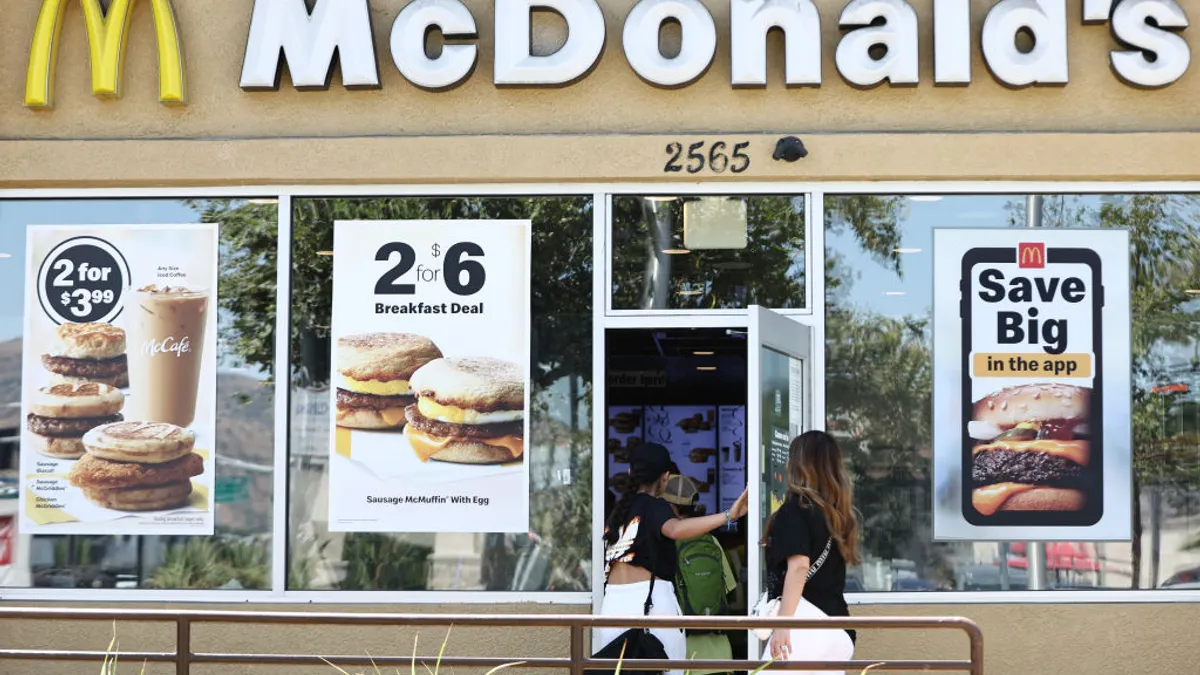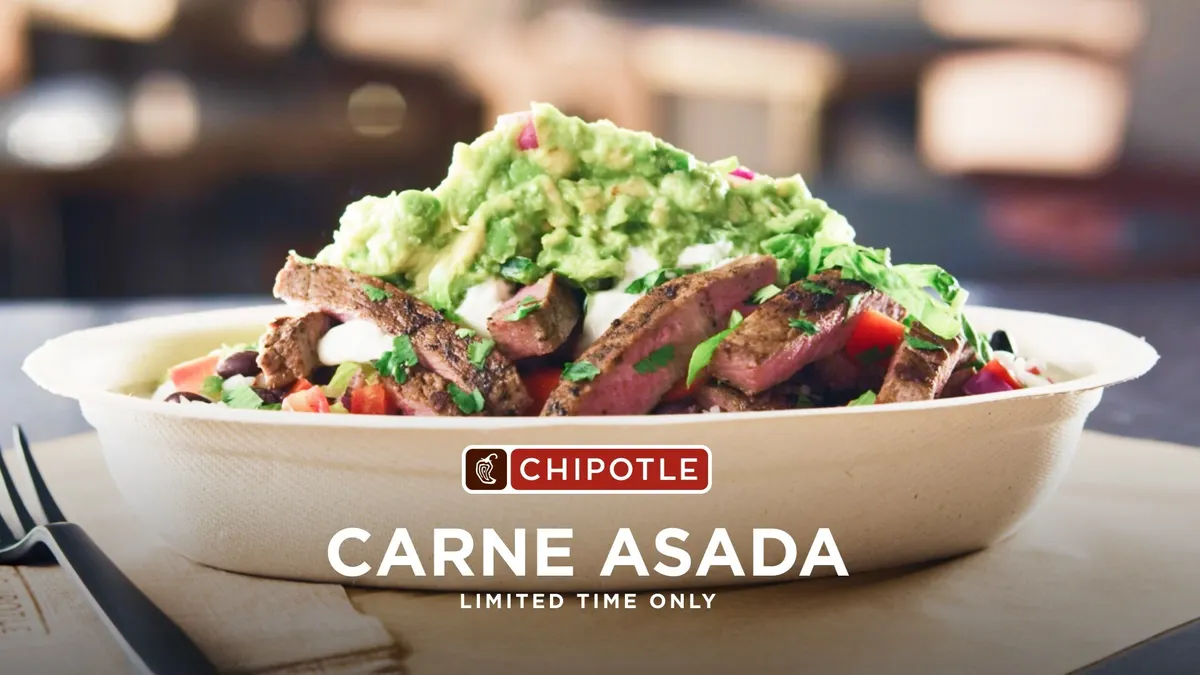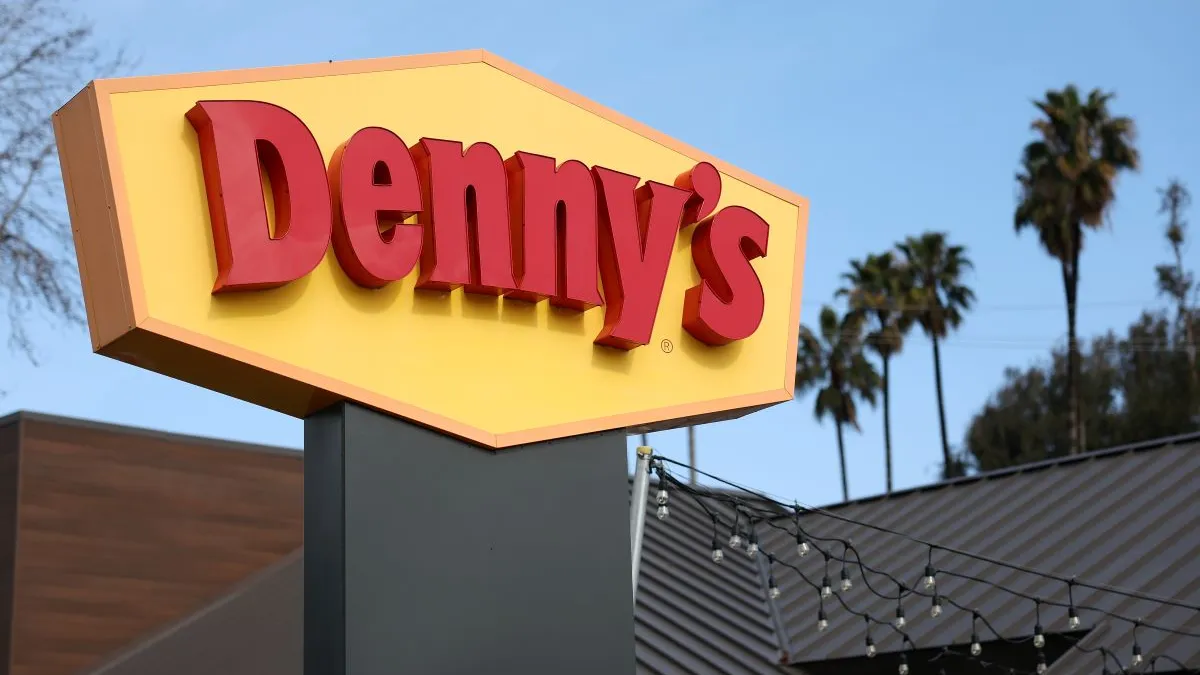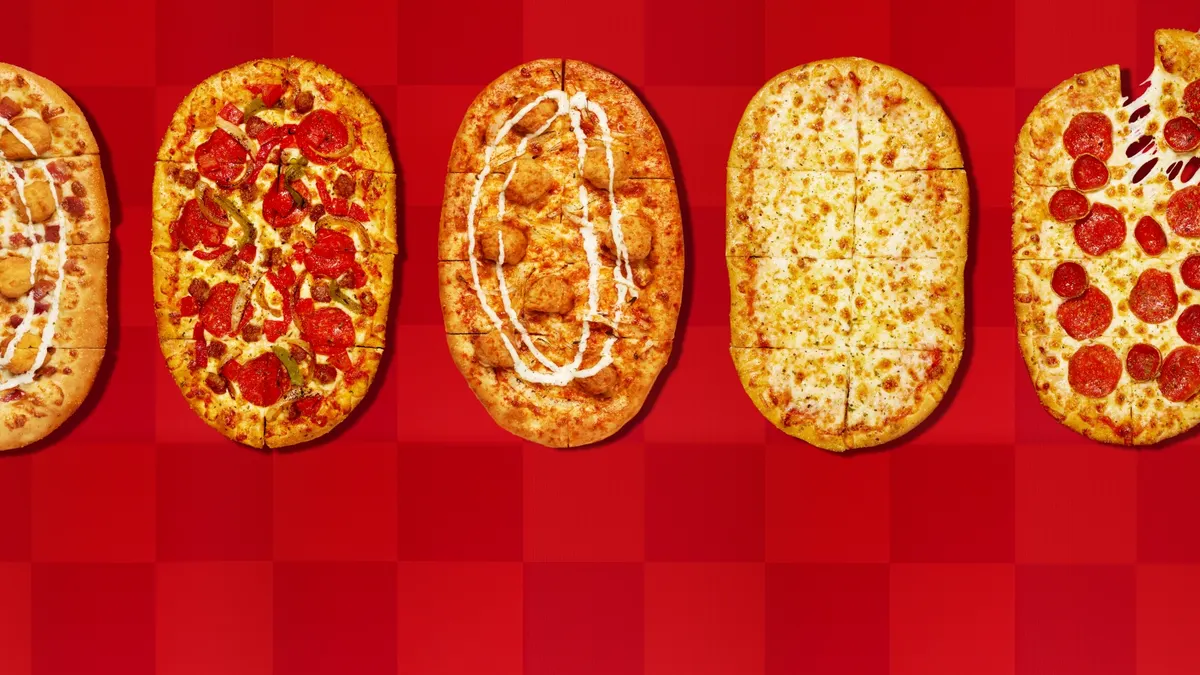If you run a business, chances are elections are never just about politics as usual. For restaurant operators specifically, last month's midterm elections featured a bevy of ballot initiatives that will affect their balance sheets immediately or eventually.
For public restaurant companies, the initial results — Democrats taking Congress and Republicans retaining Senate control — were positive. As David Rubenstein, co-founder of the Carlyle Group, said at the Bloomberg New Economy Forum in Singapore, "split control of government has traditionally been good for stocks."
In a statement emailed to Restaurant Dive following the midterm elections, Steve Danon, senior vice president of public affairs for the National Restaurant Association, said the organization is excited to work with the new Congress. Issues on the NRA's agenda include workforce development, immigration, healthcare and "a transportation infrastructure package to move the industry forward," Danon said.
"In addition, we will continue to work with this administration to cut unnecessary red tape so our restaurants can continue to serve our local communities," he said.
Labor still volatile
For most, if not all, restaurant companies, labor continues to be the bellwether issue on ballots, especially considering the massive size of the industry's workforce. According to the NRA, the restaurant workforce makes up 10% of the overall U.S. workforce, employing 14.7 million people.
After Arkansas and Missouri voters handily passed wage increases in early November, that leaves just 21 states left adhering to the federal minimum wage of $7.25, which went into effect in 2009. Minimum wage has been in the spotlight since about 2012, when the Fight for $15 movement was born.
Darren Tristano, CEO of Foodservice Results, said elections can have a deep impact on the restaurant industry specifically because of minimum wage referendums and labor issues in general.
Victor Fernandez, vice president of insights at TDn2K, agrees that labor is the most pressing issue come election season.
"Labor is the number one cost for restaurants. Almost a third of an operator's costs are going to labor, so anything that touches that or threatens to increase that number even more will have a big impact," Fernandez told Restaurant Dive.
Even though some restaurants are raising menu prices to offset higher labor costs, these minimum wage increases are passing fairly easily. Missouri had record turnouts in November, for example. Joe Kefauver, managing partner of Align Public Strategies, said about 70% of the general public favors these initiatives.
"This is not a red or blue voter thing. The general public on both sides is in favor of mandating wage increases," Kefauver told Restaurant Dive. "Unfortunately for restaurant owners, wages have the most tangible effect on the PnL [profit and loss]."
There is a sweet spot where that public support starts to fade, however.
"During one of [President] Obama’s State of the Union addresses, he proposed a federal wage of $10.10. That was not an economic number related to the CPI [Consumer Price Index]. It was the apex of polling," Kefauver said. "Once you started talking about $10.11, support started to dip. That was four or five years ago. Now, $15 is the 50-yard line."
"This is not a red or blue voter thing. The general public on both sides is in favor of mandating wage increases."

Joe Kefauver
Managing partner, Align Public Strategies
Kefauver said he's not sure where the breaking point will be for labor headwinds.
"Ballot initiatives are costly to defend. If it is really affecting the PnL, people would be putting in more energy to defend them," he said.
While these added costs are certainly challenging to navigate, they may be a necessity in the midst of the tightest job market in nearly 50 years, and the fastest quitting rate in 17 years. Tristano said offering competitive labor rates allow restaurants to better recruit and retain experienced, trained staff. This is critical as "many restaurant employees have left to pursue retail and office jobs that pay more," he said.
In 2016, the overall turnover rate in the restaurant sector was about 73%. That number on its own is staggering, but when put into the context of cost, it's downright detrimental for a thin-margined restaurant business: According to the Center for Hospitality Research at Cornell University, turnover costs the average full-service restaurant operator about $146,600 annually. That includes factors such as training, paperwork, uniforms and business knowledge and performance.
"We're hearing that money is one of the main reasons restaurant employees are leaving their jobs," Fernandez said. "If you're trying to fill those vacancies, you’re going to have to pay more whether it’s on the ballot or not."
"The scarcity of employees in the industry is having an impact on wages faster than policy makers can keep up with," Kefauver added.
Soda tax
Labor isn't the only issue of relevance from the recent midterms. Washington state's passage of Initiative 1634 could also have big implications on the industry. The initiative makes it impossible for Washington cities and counties to enact new soda taxes (excluding an already existing soda tax in Seattle). The measure was described as "opposing new taxes on everyday grocery items," and seems to be an "effective way for industry to curb the soda tax momentum that's been building," according to Vox.
Consumer spending on food away from home surpassed food at home for the first time in 2014, according to the USDA. However, Tristano said the tax bans will make food at home more competitive in those markets, since restaurants heavily depend on high-margin soda sales to make money.
"The soda tax can be important due to the negative impact on consumer expenditures," he said.
Even though soda is "pure profit," as described by Fernandez, restaurants are contending with the lowest soda consumption rates in decades.
"As an industry, we're already having trouble with traffic and having too many restaurants. Those dollars are getting diluted. There's not a lot of wiggle room," Fernandez said. "Soda tax is a big deal because we have to preserve those margins wherever and however we can."
Marijuana opens doors while animal standards pose obstacles
There were a few other issues on the ballot in early November that could have an impact on the restaurant industry down the road. Legalization of recreational marijuana in Michigan, for example, could open the door for marijuana-infused food and beverage products coming out of that state. Marijuana-infused beverages could become a $600 million market in the U.S. in the next four years, according to a note from Canaccord Genuity.
California's passage of Proposition 12, which enforces new animal confinement standards, will likely increase the price of proteins and eggs due to the changes for space requirements. California passed a ban on the practice of confining farm animals in small cages in 2008 but that ban didn't specify exact cage requirements like Proposition 12 does. The Association of California Egg Farmers and the National Pork Producers Council opposed Proposition 12, arguing that farmers already spent money to comply with 2008 regulations and that the new proposition would therefore necessitate increased prices.
Finally, voters in Chicago approved a ban on plastic straws, joining Seattle, California and a growing number of companies, including Starbucks, Aramark and American Airlines, to reduce their plastic footprints. Straw bans have been a major narrative all year, but Foodservice Results' Tristano said the balance sheet impact is minimal since they are a small cost to the business.
However, some cities and states have embraced Styrofoam and other packaging bans — most recently San Diego in October. If this momentum continues, it could have a negative impact on cost and operational practices based on availability of compostable replacement products.
Delivery regulations could be a future hurdle
Though there were no ballot initiatives directly related to the growing food delivery space, Kefauver said these "new economy" trend lines are barreling down on restaurants, and the industry has to figure out how to get ahead of potential challenges — including regulations. Unfortunately, however, he adds that the segment is very far behind.
"Right now, the new economy is being shaped by Amazon and the restaurant industry is not only not at that table, they don’t even know it’s happening."

Joe Kefauver
Managing partner, Align Public Strategies
"The scenario five, 10 years from now will be restaurants delivering more than serving within their four walls. What are they serving their food in? Styrofoam? Plastic?" he said. "Right now, the new economy is being shaped by Amazon and the restaurant industry is not only not at that table, they don't even know it's happening. It doesn't matter who's president. There are post-political challenges that have to be solved and we're sitting around polling minimum wage and talking about paid leave and other issues from the 1990s."
Demand for convenience remains rain or shine
The good news is that, while elections have certainly become contentious, even the most fear-inducing TV commercials don't seem to deter consumers' eating-out routines. According to Tristano, consumer spend is rarely impacted in either direction based on election results and the impact is often overblown.
"Most consumer habits take time to shift dramatically and are governed by meaningful changes in their lives, including employment, debt, real estate decisions, family and changes to retirement planning," he said. "Elections have little to no short-term impact on these aspects for consumers."
"The rational brain tells you there should be a connection between consumer confidence and spending, but it never materializes. When you have kids and limited time, it doesn't matter who is elected or who is president or any of that."

Joe Kefauver
Managing partner, Align Public Strategies
Kefauver agrees that consumer spending isn't directly affected by elections, and that restaurants are often immune to any potential erosion of consumer confidence.
"The rational brain tells you there should be a connection between consumer confidence and spending, but it never materializes. When you have kids and limited time, it doesn't matter who is elected or who is president or any of that," he said. "As time goes on, we're seeing more that people are willing to pay for convenience. Convenience is more ingrained in us now than any other issue."




















